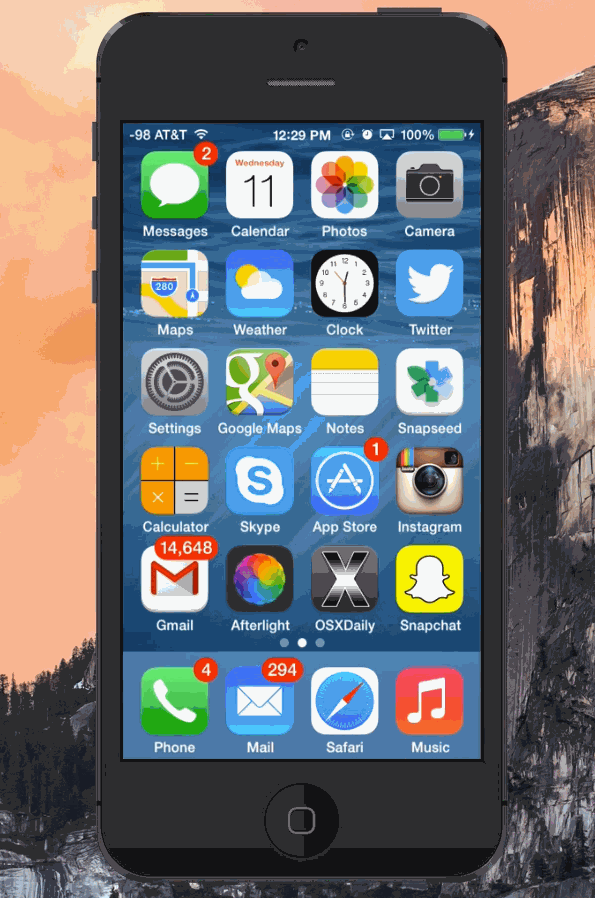
#Quit all apps icon mac download
Click the link to download the Force Close Allshortcut. With that said, let’s get to our tutorial, shall we?ġ. We have listed some of our favorite Siri Shortcuts in an article, which you can check by clicking on the link.
#Quit all apps icon mac how to
One of the best things about shortcuts is that even if you don’t know how to create a shortcut, you can download and use shortcuts other users created.
#Quit all apps icon mac mac
While the Shortcuts app doesn’t feel at home on Mac just yet, it has allowed users who don’t know coding to create and use automation on their Macs. Force close all apps on Mac using Shortcuts Today, we will share a shortcut that helps you force close all apps on Mac with one click. Recently, we showed how you can create a quick entry shortcut for Apple Reminders. While we don’t use the Shortcuts app much on our Macs, there are several shortcuts that are tailor-made for Mac. With the macOS Monterey update, Apple brought the Shortcuts app to the Mac. Using shortcuts, users can perform tasks such as opening two apps in split-screen mode on iPad, deleting Safari browsing history, generating gradient wallpapers, and more. Let go, and allow the system to restart.The Shortcuts app first came to iOS, allowing users to run automation on their iPhones and iPads.Hold down your power button (or the Touch ID button if your Mac has a Touch Bar) until you see the Apple logo on your display.You may lose some of what you’re currently working on, but it will close the app that’s driving you nuts. Now you can either quit or force quit the app.Īnd if you’re still having difficulties, you can always shut down your system. Highlight the app you want to quit, and click on the “x” icon at the top of the window.Once you’ve found the app, click the “x” icon at the top of the list. If you suspect that the app is stressing your CPU, you might try clicking on the “% CPU” heading, which may put the app at the top of the list. It’s going to be a long list, so you can click on the “Process Name” heading to alphabetize the list for an easier find. You’ll see a list of active processes, which should include your misbehaving app.You’ll find Activity Monitor in the Applications’ Utility folder. In the resulting list of apps, double-click on Utilities to open the folder, and then double-click on Activity Monitor. In your Finder, click on Applications in the left-hand menu.Use Spotlight Search to find “Activity Monitor,” or.If for any reason you can’t access the “Force Quit” menu, there is another way to quit the app using the Activity Monitor, which lists all of the active processes on your Mac. Use the “Force Quite Applications” menu to shut down an erring app. A pop-up will ask if you’re sure click on “Force Quit” to finally quit the app.

Highlight the troublesome app, and click on the “Force Quit” button. You may be able to find “Force Quit” in the Apple drop-down menu.Įither way, this will bring up the “Force Quit Applications” box, which will have a list of currently active apps.



 0 kommentar(er)
0 kommentar(er)
